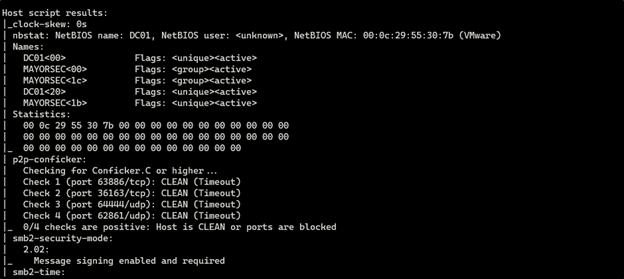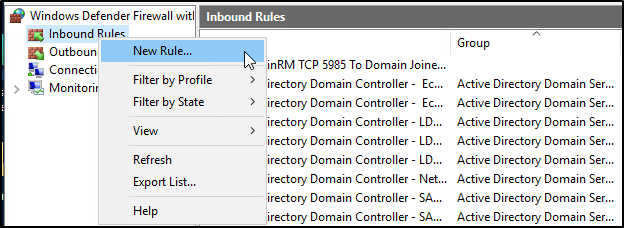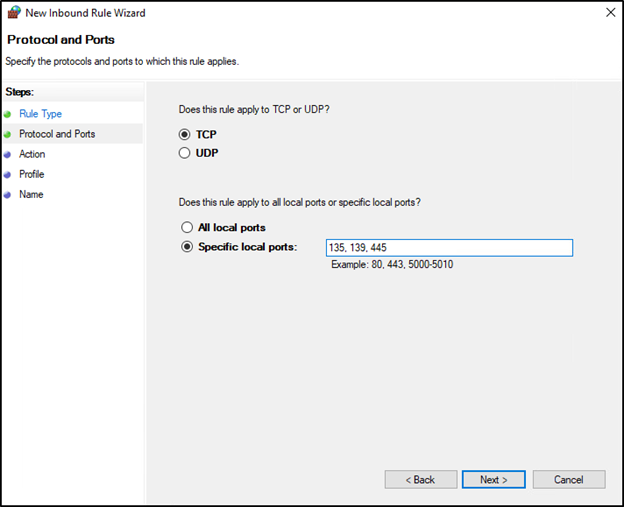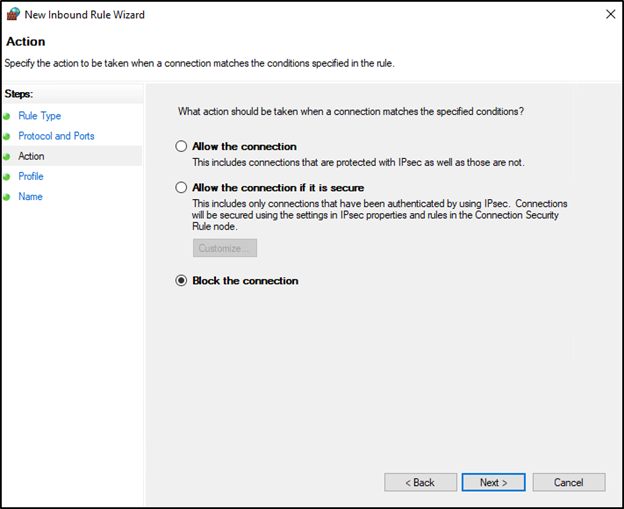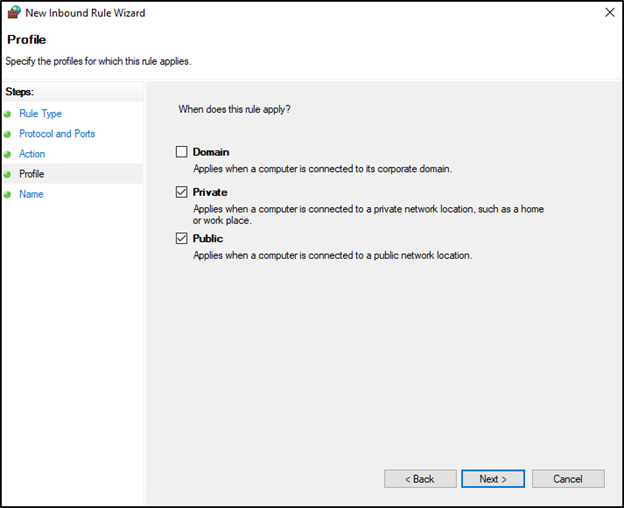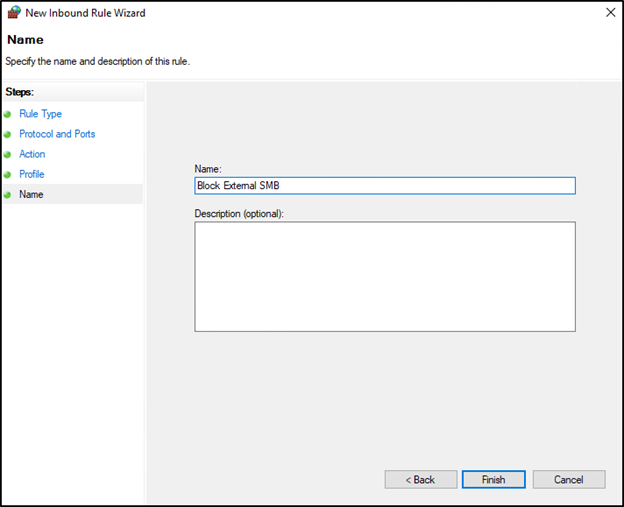Insecure Service
SMB Service Availability to Internet or Other Unauthorized Users
TCM-KB-EXT-001
Last Updated: 6/26/2023
Microsoft Windows Server
The recommended remediation steps and configurations described in this response would primarily affect systems running Microsoft Windows Server.
SMB
SMB refers to Server Message Block.
A small message block refers to a compact unit of data transmission used in communication protocols. It typically contains a limited amount of information, such as a command, status update, or a small portion of a larger message, allowing for efficient and rapid exchange of data between devices or systems.
Contributor

Joe Helle
Chief Hacking Officer
Recent Blogs

Safe Browsing: Essential Practices
Essential practices for everyone to adopt that will help us browse the internet safely. Follow these good habits to ensure that you stay safe online.

Beyond Phishing: Learn Vishing and Smishing
Learn how to spot and defend against phishing attacks in our comprehensive guide. Protect yourself from cyber threats with TCM Security’s insights.

Get Started with NoSQL Injection (NoSQLi)
NoSQL injection: Understand NoSQL syntax, recognize malicious payloads and attack scenarios, and how to defend against it.

Docker for Web App Pentesters
Explore Docker’s potential for web app pentesters. From setting up vulnerable labs to ensuring a safe, isolated testing environment.
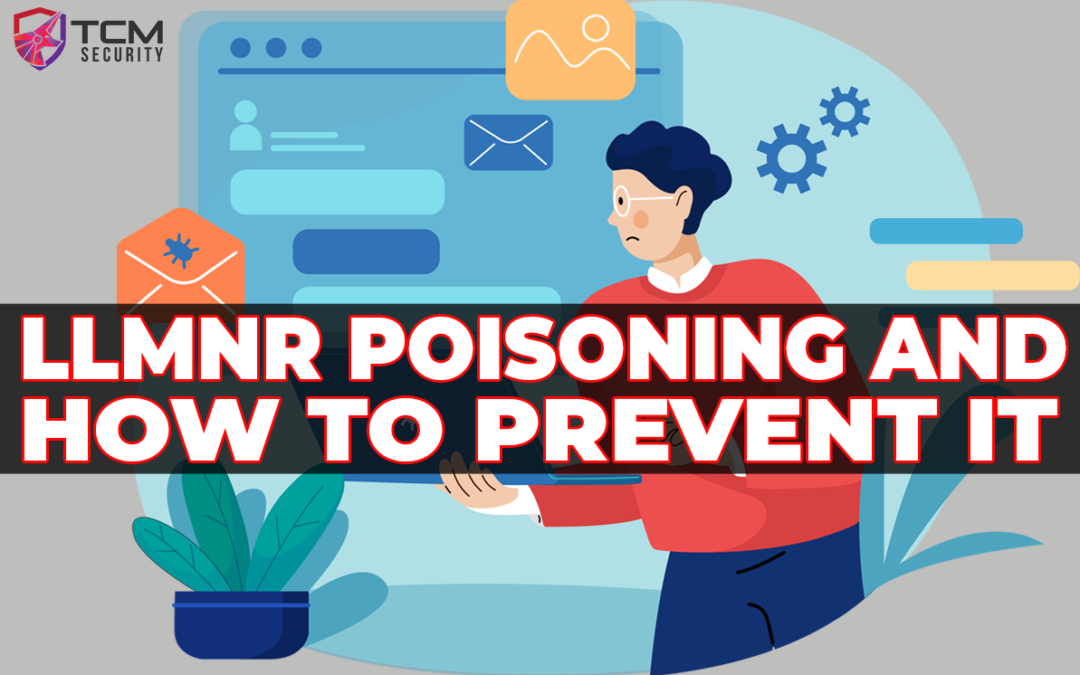
LLMNR Poisoning and How to Prevent It in Active Directory
0. OverviewActive Directory (AD) stands as a foundational piece for many organizational networks, streamlining administrative tasks and enhancing productivity. However, out of the box, AD comes bundled with various features and default settings that can be exploited...
Issue
The SMB service on the domain-joined endpoint is available to the Internet. This could permit information disclosure of internal network identities (i.e., fully-qualified domain names of internal domains) and accessibility of an external entry point for brute force attacks.
Recommended Remediation
The following outlines the recommended steps that the systems and network administrators should take in order to secure the environment.
Utilizing a user account with administrative privileges, open Windows Defender Firewall with Advanced Security.
Right-click inbound Rules and select New Rule.
In the Rule Type window, click Port and select next.
Select the TCP option, and below, the Specific local ports option. Enter ports 135, 139, 445 and click Next.
On the next screen, select Block the connection and press Next.
In the next window, deselect Domain and Private, and select Public. If you prefer to only allow domain-connected devices to access the SMB service, deselect only Domain, and select Private and Public. Press Next when complete.
In the next window, specify a name for the new firewall rule, and enter a description if desired. Press Finish when complete.
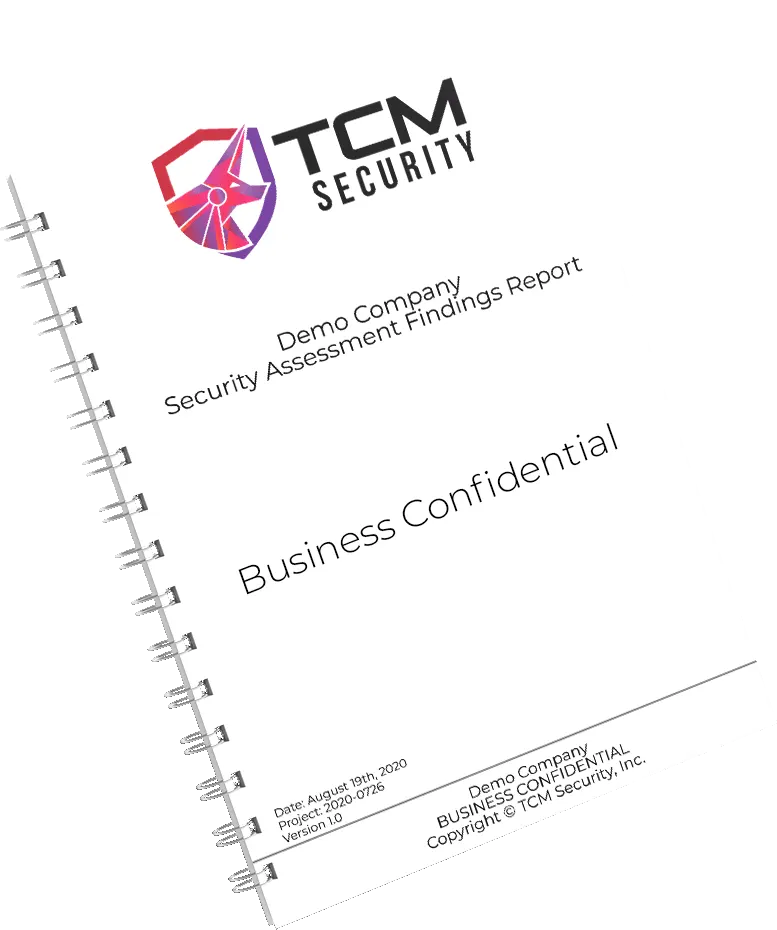
Sample Pentest Report
See The Results We Can Deliver To You. No Email Required.
See How We Can Secure Your Assets
Let’s talk about how TCM Security can solve your cybersecurity needs. Give us a call, send us an e-mail, or fill out the contact form below to get started.

